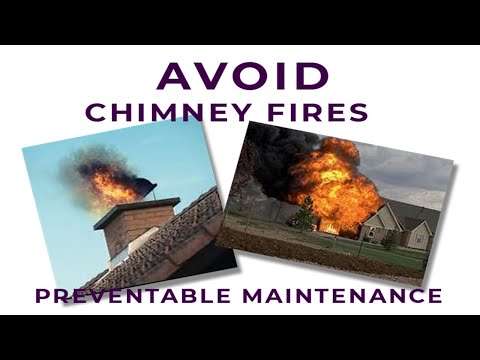Upkeep Essentials | Chimney Maintenance – Keeping your chimney in top-notch condition is not just about aesthetics; it’s about ensuring your home’s safety and efficiency. Dive into this ultimate guide on chimney maintenance, packed with indispensable tips and expert advice to keep your fireplace running smoothly.
Key Takeaways:
- Regular chimney inspections are crucial for safety and efficiency.
- Cleaning and maintaining the chimney and fireplace prevent creosote buildup.
- Waterproofing your chimney can protect it from damage.
- Gas fireplaces may offer safer and more efficient alternatives to wood-burning options.
- Proper wood selection enhances fireplace performance and safety.
The Importance of Chimney Maintenance
When winter rolls around, nothing beats the warmth and comfort of a crackling fireplace. However, neglecting your chimney can lead to serious safety hazards, including fires and carbon monoxide poisoning. Regular chimney maintenance not only ensures that your fireplace operates efficiently but also protects your home and family.
Clean Chimney: The Foundation of Safety
A clean chimney is essential for a safe home. Over time, creosote, a highly flammable substance, accumulates inside the chimney. If not removed, this can ignite and cause devastating chimney fires. According to experts, having your chimney swept annually is critical, especially if you use your fireplace frequently (Vertical Chimney Care, 2023).
Fireplace Maintenance: More Than Just Sweeping
Fireplace maintenance extends beyond sweeping the chimney. It includes inspecting and repairing the damper, cleaning the firebox, and checking for blockages. Ensuring that your damper functions correctly is vital for preventing drafts and ensuring efficient combustion (Vertical Chimney Care, 2017).
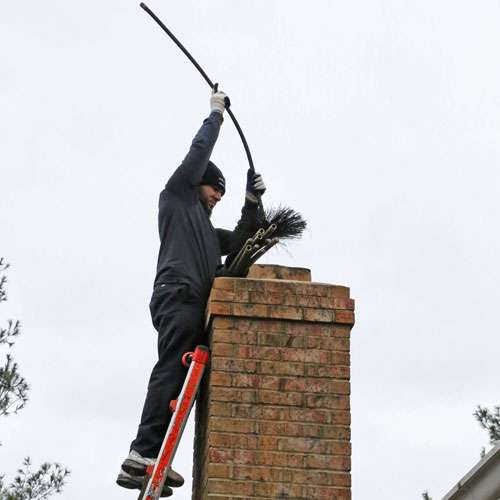
Steps for Effective Chimney Maintenance
1. Annual Inspections
Schedule a professional chimney inspection at least once a year. A certified chimney sweep can identify and fix issues that might not be visible to the untrained eye. Look for professionals with extensive experience and good reviews (Clean Sweep AA, 2023).
2. Removing Creosote
Creosote is a tar-like substance that forms when wood burns incompletely. It’s sticky, flammable, and dangerous if allowed to build up. Regular cleaning is necessary to remove creosote deposits and prevent chimney fires. There are three types of creosote, but only one can be easily removed with standard cleaning tools (Vertical Chimney Care, 2023).
3. Waterproofing Your Chimney
Moisture is the enemy of a healthy chimney. Waterproofing prevents water damage that can lead to structural issues, mold, and other problems. Applying a water sealant to the exterior of your chimney is a smart move. Additionally, ensure that your chimney cap and flashing are in good condition to keep rain and snow out (Vertical Chimney Care, 2017).
4. Choosing the Right Firewood
Not all firewood is created equal. Using dry, seasoned wood is crucial for an efficient and safe fire. Freshly cut or damp wood produces more smoke and creosote. Hardwoods like oak and maple are excellent choices for long-lasting fires (Vertical Chimney Care, 2018).
5. Gas Fireplaces: A Cleaner Alternative
Consider switching to a gas log fireplace. Gas fireplaces burn cleaner than wood, reducing creosote buildup and the frequency of chimney sweeps. Modern gas logs are designed to mimic the look of real wood, offering both beauty and efficiency (Vertical Chimney Care, 2017).
Pro Tips for Chimney Care
Ensuring a Functioning Damper
The damper controls airflow in your chimney, preventing drafts and smoke from entering your home. It should be open when the fireplace is in use and closed when it’s not. A broken damper can lead to increased energy bills and safety hazards (Vertical Chimney Care, 2017).
Cleaning Your Fireplace
Regularly clean the fireplace to remove ash and soot. Use a metal container to dispose of ashes safely. Clean the grates and andirons to maintain airflow and efficiency (Vertical Chimney Care, 2023).
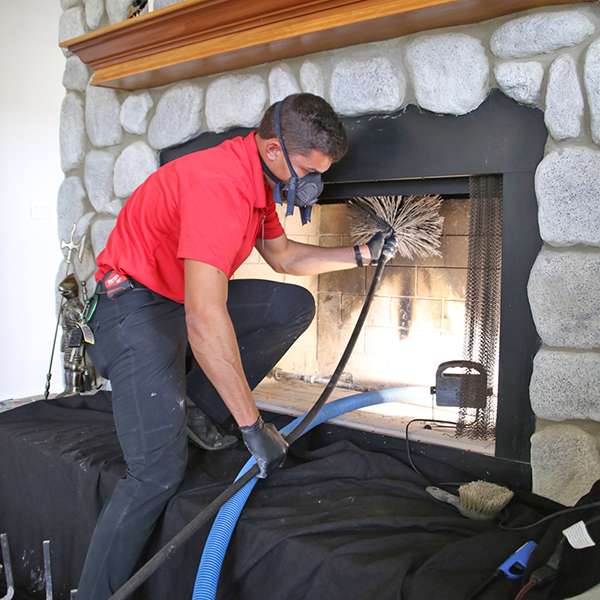
Additional Resources
For more detailed guidance, check out these expert resources:
- Vertical Chimney Care’s Chimney Maintenance Tips
- Clean Sweep AA’s Fireplace and Chimney Maintenance Guide
- Full Service Chimney’s Chimney Maintenance FAQ
Advanced Chimney Maintenance Tips
Inspecting and Repairing Mortar Joints and Bricks
The bricks and mortar joints in your chimney are the first line of defense against water penetration. Over time, these can deteriorate due to weather conditions and usage. Regular inspections and timely repairs are crucial. Look for any signs of crumbling mortar or cracked bricks, and address these issues promptly to avoid larger structural problems (Vertical Chimney Care, 2017).
Installing a Chimney Cap
A chimney cap is an essential addition to prevent debris, rain, and animals from entering your chimney. It also helps to contain sparks and embers, reducing the risk of roof fires. Chimney caps come in various materials, such as stainless steel and copper, which are durable and long-lasting (Clean Sweep AA, 2023).
Creosote Removal
Creosote buildup can lead to dangerous chimney fires. There are three stages of creosote, with the first stage being the easiest to remove. For more stubborn stages, professional cleaning is recommended. Regular use of creosote removal products can also help keep buildup under control (Vertical Chimney Care, 2023).
FAQ: Frequently Asked Questions
Q: How often should I have my chimney inspected?
A: It’s recommended to have your chimney inspected at least once a year. If you use your fireplace frequently, especially during the winter months, more frequent inspections might be necessary to ensure safety and efficiency.
Q: What are the signs that my chimney needs cleaning?
A: Common signs include a noticeable buildup of soot, a smoky smell inside your home, and a slow-burning fire. If you notice these signs, it’s time to schedule a chimney cleaning.
Q: Can I clean my chimney myself?
A: While you can perform basic cleaning tasks, professional chimney sweeps have the expertise and tools to thoroughly clean your chimney and remove creosote buildup. DIY cleaning might miss hidden issues that could pose risks.
Q: What type of wood should I use in my fireplace?
A: Use seasoned hardwoods like oak, maple, and birch. These types of wood burn hotter and longer, producing less creosote. Avoid using green or freshly cut wood as it contains moisture, which leads to more smoke and creosote buildup.
Q: How can I prevent animals from entering my chimney?
A: Installing a chimney cap with a mesh screen can prevent animals, such as birds and squirrels, from entering your chimney. Regular inspections and cleaning can also help to identify and address any potential entry points.
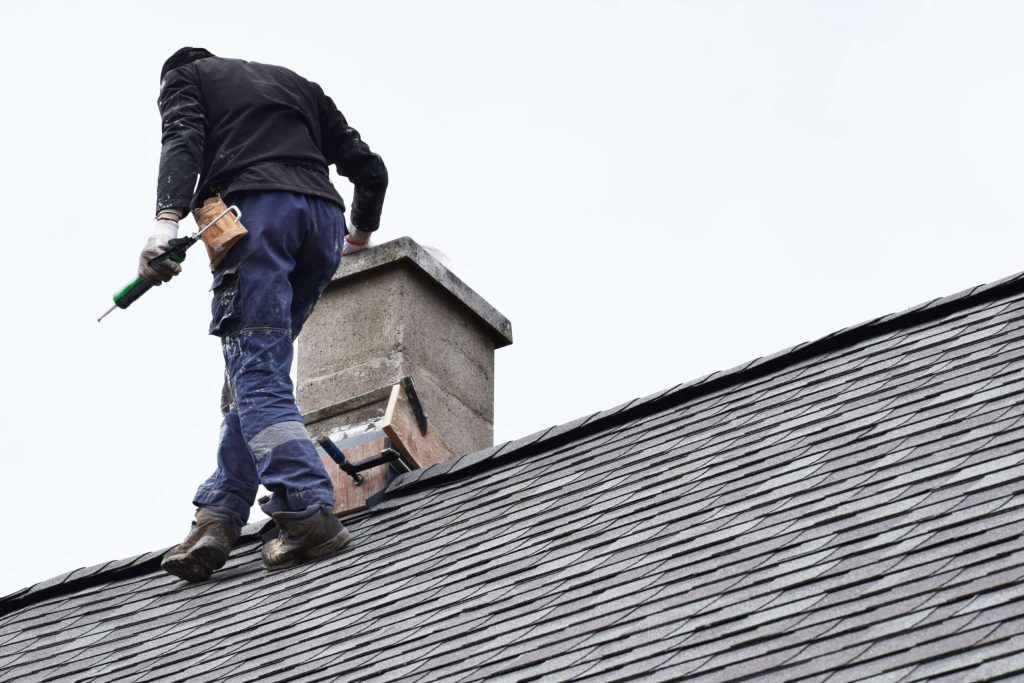
Safety Precautions for Chimney Use
Regularly Check Smoke Detectors
Ensure that your home has working smoke detectors and carbon monoxide detectors, especially near the fireplace and in sleeping areas. Test them monthly and replace the batteries at least once a year.
Use a Fireplace Screen
A fireplace screen prevents sparks and embers from escaping the fireplace and potentially igniting nearby objects. It also acts as a barrier to keep children and pets safe from the fire.
Proper Ash Disposal
Allow ashes to cool completely before disposing of them. Use a metal container with a tight-fitting lid and store it away from your home and any combustible materials. Ashes can stay hot for several days, so handle them with care (Vertical Chimney Care, 2018).
Essential Tools and Supplies
| Tool/Supply | Purpose |
|---|---|
| Chimney Brush | Removes soot and creosote |
| Metal Ash Can | Safe disposal of ashes |
| Water Sealant | Protects chimney exterior from moisture |
| Chimney Cap | Prevents debris and animals from entering |
| Fireplace Screen | Blocks sparks and protects children/pets |
| Smoke and CO Detectors | Ensures home safety |
External Resources
For more in-depth information, check out these external resources:
- EPA’s Guide to Creosote
- National Fire Protection Association’s Chimney Safety Tips
- Do It Yourself Chimney Maintenance Tips
Chimney Maintenance Checklist
- Annual Inspection: Schedule with a certified professional.
- Regular Cleaning: Remove creosote and soot buildup.
- Waterproofing: Apply sealant and check chimney cap.
- Damper Check: Ensure it opens and closes properly.
- Mortar and Brick Repair: Fix any cracks or crumbling.
- Firewood Selection: Use seasoned hardwoods.
- Safety Equipment: Install smoke and CO detectors.
